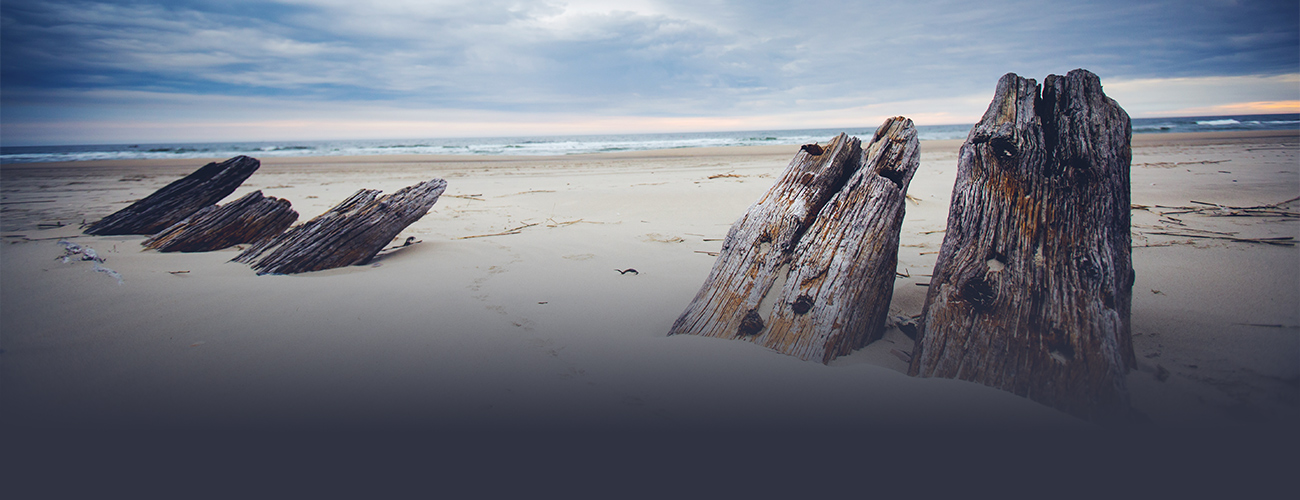When you think of the Currituck Outer Banks and animals, naturally your focus adheres to the wild Mustangs that roam the shorelines. We’re not surprised and we definitely do not blame you. Every day we see those beautiful creatures trotting along the beach we are reminded of how blessed we are that the horses are here. We know, too, that many creatures call Currituck home, and if you’re into birding you definitely need to make a trip here.
Now, birding is much different from hunting. While there are hunting activities that happen in the area, birding is another name for bird watching. It is believed that over 400 species of birds may be spotted in the Outer Banks alone, so if this is your favorite hobby you will definitely get busy! An expert birdwatcher will know to come to Currituck in the off-season – Spring and/or Autumn – when the birds migrate to and from the area. Then you could very well see multitudes of beautiful winged creatures take to the skies.
So, with over 400 types of birds fluttering around the place, how do we pick just five favorites? Seems impossible, really, and we wouldn’t know where to begin. Therefore, we will focus on five birds you’re most likely to see during your Currituck beach vacation. Waterfowl is, of course, plentiful in the region, and if you take a boat out to view Monkey Island (the public is not allowed, however, to set foot there as it is a bird rookery) you can watch many wading birds in their natural habitat. Other birds you’ll want to watch for while here include:
Saltmarsh Sparrow – This cute little marsh bird is identifiable by its orange face and brownish-gray body.
Black Rail – The Black Rail has sharp, reddish eyes and is often difficult to spot because it is prey for a number of predatory birds and mammals, and also because it is endangered. Hopefully you will see one soon!
Peregrine Falcon – Also known as the Duck Hawk, this bird may look to have a constant scowl on its face. The falcon has striking blue-gray feathers and a yellowish beak, and is a predator bird.
Wood Stork – One wading bird you might spot in the Sound is this elegant creature. It resembles an ibis in some ways, and an adult stork can have a wingspan of up to six feet or greater.
Northern Pintail – This beautiful duck species may be found in the waters of Currituck. The male Pintail’s head is a deep brown accentuated by a white neck and breast, while the female’s feathers are a nice speckled brown.
When you come to Currituck for your birding adventure, don’t forget to mind all regulations set out in protected wildlife areas, and bring sunscreen and insect repellent…and your camera! Also, make sure you leave the areas you visit as you found them – keep the birds’ home clean so that they may thrive.

